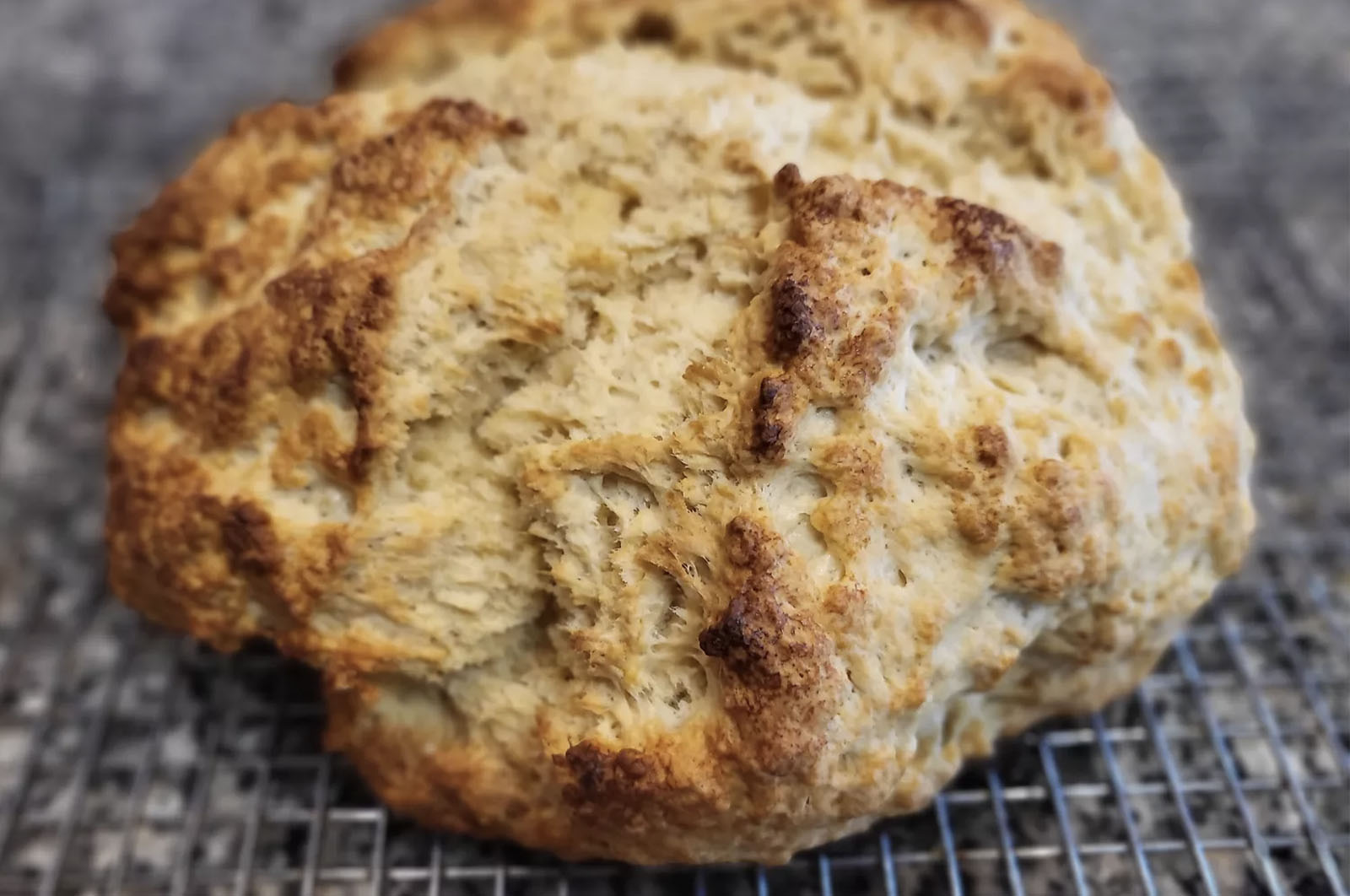By Pat Irwin
“One of the things the pandemic has really shown the public is the value that nurses bring to the health system,” he said. “We’re over 440,000 of us across the country, and I think [people] have recognized the importance that nurses play in making sure they have access to care.” –Tim Guest, President, Canadian Nurses Association.
Still expecting a nurse in a starched uniform and a white cap? Well, Cherry Ames (remember her series of books?) has left the building! But while we are on the subject of nursing, there’s a new category of nurses you should know about who are making a huge difference in our communities. They’re called Registered Practical Nurses (RPN), or Licenced Practical Nurses (LPN). These RPNs are busy these days, helping seniors in the community, in retirement residences and in long-term care.
Scope of practice
RPNs provide nursing care, usually under the direction of medical practitioners, registered nurses or other health team members. They work in hospitals, nursing homes, extended care facilities, rehabilitation centres, doctors’ offices, clinics, companies, private homes and community health centres. Duties may include:
• Provide nursing services, within defined scope of practice, to patients based on patient assessment and care planning procedures
• Perform nursing interventions such as taking vital signs, applying aseptic techniques including sterile dressing, ensuring infection control, monitoring nutritional intake and conducting specimen collection
• Administer medication and observe and document therapeutic effects
• Monitor established respiratory therapy and intravenous therapy
• Monitor patients’ progress, evaluate and document the effectiveness of nursing interventions and collaborate with appropriate members of health care team
• Provide safety and health education to individuals and their families.
• Let’s look at how LPNs are helping Canadian seniors.
Providing front-line care: Joanne, aged 72, had always enjoyed good health, but the Covid-19 pandemic eroded her trust in the medical system. When her family doctor left her health care practice, and she had a severe allergy attack, she could not get the help she needed. Panicked, she called the after hours clinic suggested on her health team’s website. But they had no doctor!
True, but they did have a knowledgeable and sympathetic RPN. She measured Joanne’s vital signs, called up her online profile from the health care’s files, reviewed her medical history and was able to contact one of the team’s doctors to get Joanne a strong antihistamine, an inhaler and an Epipen for her to manage her symptoms and prevent further attacks. Joanne felt that she now had the tools to manage her condition. Her anxiety—which had contributed to the attack—abated and her allergies remained under control.
Providing palliative care: Tina had cared for her husband through a long chronic illness, but after a hospitalization, it was clear she could no longer manage alone. They knew they needed palliative care in their home to maximize the day-to-day quality of Joe’s life. But who could support them?
The hospital discharge planner enlisted a palliative care team to provide in-home support which included an RPN named Cora. Under the NP’s direction, Cora worked closely with Tina and Joe, advocating when they needed additional support, researching information, caring for Joe’s physical and emotional needs and providing a bridge between the family and the health care team to ensure they understood every care decision.
In retirement communities: A busy retirement residence was concerned when the house doctor retired and they could not find a replacement. The Director of Care stepped up and hired Marianna, an RPN, to be a ‘roving wellness ambassador’.
Marianna’s rounds are made every day to check wellbeing and quickly address issues. Marianna may administer shots such as flu, pneumonia or shingles vaccines, under the Director of Care’s supervision, who is an RN. Marianna makes nursing diagnoses based on a resident’s symptoms, determines a plan of care and provides follow-up for a variety of conditions that can be improved, resolved, or prevented with nursing activities. This detailed preparation helps the house doctor quickly understand, diagnose and treat the many chronic disorders experienced by seniors.
Marianna spends one-on-one time with residents who may feel vulnerable, such as those with dementia or chronic conditions, to make sure they are living their very best life. Residents and their families report that anxiety and complaints are greatly reduced, and residents feel cared for and secure.
RPNs also have an important role in maintaining resident health in long-term care.
New resident intake: One of an RPN’s most important functions is to help residents and their families adjust to long-term care. The initial resident assessment is the introduction of the resident and their family to what life will now be like. RPNs can take the time to carefully learn the new resident’s health conditions, concerns, preferences and lifestyle. By working with the health care team to create and administer care plans, RPNs build trust with residents and their families, and help manage expectations.
Daily care management: RPNs can initiate IVs, administer treatments, acquire samples, execute basic lab analysis, dress injuries, take vital signs and complete fundamental diagnostic functions. This makes them an invaluable ‘first-responder’ to resident calls, freeing up the Director of Care for managerial duties.
Residents join a list to be seen on the house doctor’s weekly visit. But who needs to be seen first, what information is needed to make the most of the visit, who will implement the recommendations and follow-up on the progress? Once again, the RPN assumes this role, maximizing the doctor’s time and the resident’s successful outcome.
Future of RPNs in eldercare
With an aging population, there has been strong demand for nurses in Canada for decades and post-pandemic, the need to care for patients of all ages has never been greater. The Canadian Nurses Association prediction of a shortage of 60,000 nurses by 2022 has been realized. According to the Government of Canada’s Job Bank, new job openings for nurses are expected to reach 191,000 between now and 2028, while just 154,600 new job seekers will be available to fill those positions. Along with important, front-line patient care roles in hospitals and medical clinics, practical nurses are needed in out-patient care, long-term care homes and rehabilitation centres.
We have seen the essential roles played by practical nurses for seniors in the community, retirement and long-term care. The advantages of a career as an RPN are many:
• shorter training time than an RN designation
• more manageable tuition costs
• accessible to foreign students and practitioners
• eases RN shortage by supporting the RN role
• assists in family health care teams that are often short-staffed
• competitive salaries
• variety of health-care settings
• allows flexible hours
Look for more and more RPNs in our eldercare communities—and if you have a chance, thank them for what they do!
Pat M. Irwin, BA, AICB, CPCA, is the president of ElderCareCanada and a professor of distance learning at Centennial College.
The 411 on nurses
Nursing is a profession which focuses on the care of individuals, families and communities to help them attain, maintain and recover optimal health and quality of life. In Canada there are several categories of what are loosely termed ‘nurse’, each with unique duties and responsibilities. Each category is regulated by a governing body that defines and maintains standards of practice and professionalism.
Registered Practical Nurse (RPN) / Licensed Practical Nurse (LPN)
The terms for LPN and RPN are interchangeable in Canada. RPNs require a 2-year practical nursing diploma from an accredited college, then complete the Canadian Practical Nurse Registration Examination (CPNRE). Most work on the frontline, caring for a wide range of patients at all stages of life.
RPNs provide various services ranging from health education to acute, long-term, and palliative care. Specific duties might include creating and communicating care plans to patients and their families, taking blood pressure readings, changing bandages, and inserting catheters, usually for patients with less complex needs in stable and predictable conditions.
Registered Nurse (RN)
RNs perform a variety of clinical and administrative tasks, including assisting physicians, recording medical history, monitoring symptoms, administering medicine, performing diagnostic tasks and clinical management. Being an RN requires a four-year baccalaureate degree in nursing from a Canadian university or the international equivalent, meeting the competency requirements of your province or territory’s regulatory body, passing the registration exam, and consenting to a criminal record check.
Nurse Practitioner (NP)
NPs are RNs with a Master’s degree or advanced diploma in nursing. Their scope of practice allows them to comprehensively assess patients to diagnose diseases, disorders, and conditions. They initiate treatment like healthcare management, offer therapeutic interventions, and prescribe medications. They provide teaching, counselling, and support for the diagnostic treatment that they provide. Though these types of nurses do not substitute physicians, they allow physician’s time to be freed up so they can focus on more complex health diagnoses and disease treatments.













